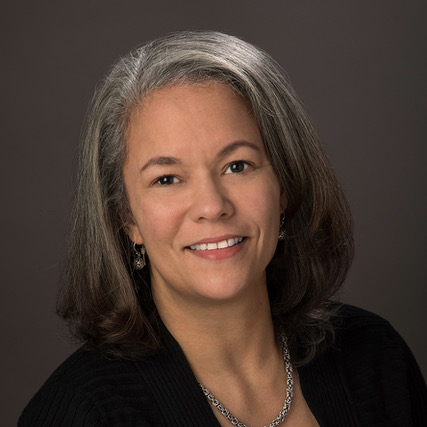Biodiversity, HelioCampus, and Business Analytics for Higher Education
Topics

We’ve all had the experience of truly purposeful, authentic learning and know how valuable it is. Educators are taking the best of what we know about learning, student support, effective instruction, and interpersonal skill-building to completely reimagine schools so that students experience that kind of purposeful learning all day, every day.
As the director of postsecondary model development and adoption for NGLC, I am a card-carrying appreciator of higher education innovators like UMUC, I am excited to see this diversity in the higher ed ecosystem.
New frogs in the pond!
Did I get your attention? University of Maryland University College surely got mine when they announced the debut of HelioCampus, a spin off of UMUC to provide data analytics services to higher education institutions.
As the director of postsecondary model development and adoption for NGLC, I am a card-carrying appreciator of higher education innovators like UMUC (members of the Breakthrough Models Incubator (BMI) in both 2013 and 2014), I am excited to see this diversity in the higher ed ecosystem.
I talked with UMUC Provost Marie Cini about the types of data and decisions HelioCampus would enable. Institutions that do not have the in-house capacity to harness their data can engage HelioCampus to ensure their “data readiness”—a good data warehouse that is pulling the right data that can populate administrators’ dashboards with actionable nuggets.
For example, HelioCampus allows institutions to compare efforts to increase enrollment with efforts to boost retention. What are the benefits of each? Do you really need 1,000 more students? What does that mean for burden on services? What if retaining 20% more students shored up that need without adding to the load? This is the kind of thinking HelioCampus can enable and that higher education needs right now.
What it can’t do is tell you the story behind the numbers. Cini acknowledged there are limits with analytics: “We don’t have all the answers, but we’re engaging that conversation about how to achieve balance between qualitative and quantitative inputs.” However, with analytics to point toward trends and patterns, institutions can be smarter and more targeted with their efforts to gather qualitative data, a topic I’ll be covering in a session at CBExchange in Phoenix, AZ this week. Spoiler alert: there are better ways to hear from students than just surveys.
As with any development around technology and finance in higher ed, there will be skeptics and those fearful of the implications. Analytics can, for example, provide the business intelligence that highlights fiscal dead wood in the enterprise—perhaps a wonderful course that doesn’t make money, taught by the beloved sage of the community. I don’t want to lose those aspects of university life that make it more than just a commercial enterprise—that make it a human development endeavor that changes lives. And I don’t think adopting business intelligence and proactive decisionmaking requires that we do so. As Rick Staisloff of rpkGROUP repeatedly tells teams participating in BMI, there is a sweet spot where mission, market and margin meet. I think working with data in the manner offered by HelioCampus lets institutions find that spot faster and act with confidence.
While resistance to embracing business concepts and strategies within higher education remains, the pressure of outside forces continues to bear down on the traditional higher education model, making the use of business intelligence more and more important.
A scientist would tell you we need biodiversity for many reasons—to fuel discoveries that advance life-saving technologies, to continually refresh our economies and meet our changing needs, and to help us adapt as the ecosystem changes around us. Similarly, higher ed needs new ventures like HelioCampus, coding camps, competency-based education, and adaptive learning platforms to help us reconfigure the higher education experience to meet the needs of more people and serve our communities, students, families and employers better. According to those same scientists, we’ve only discovered 14% of all the species on earth; imagine if the same is true for the higher ed ecosystem. That would make for a mighty interesting-looking pond!




